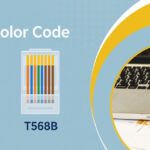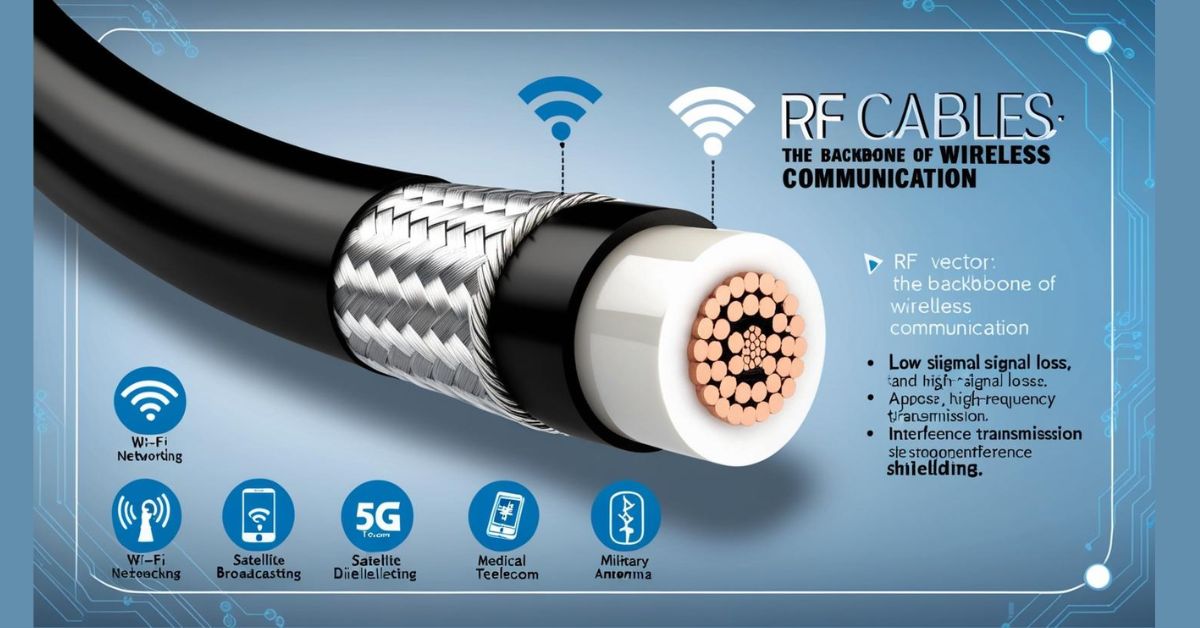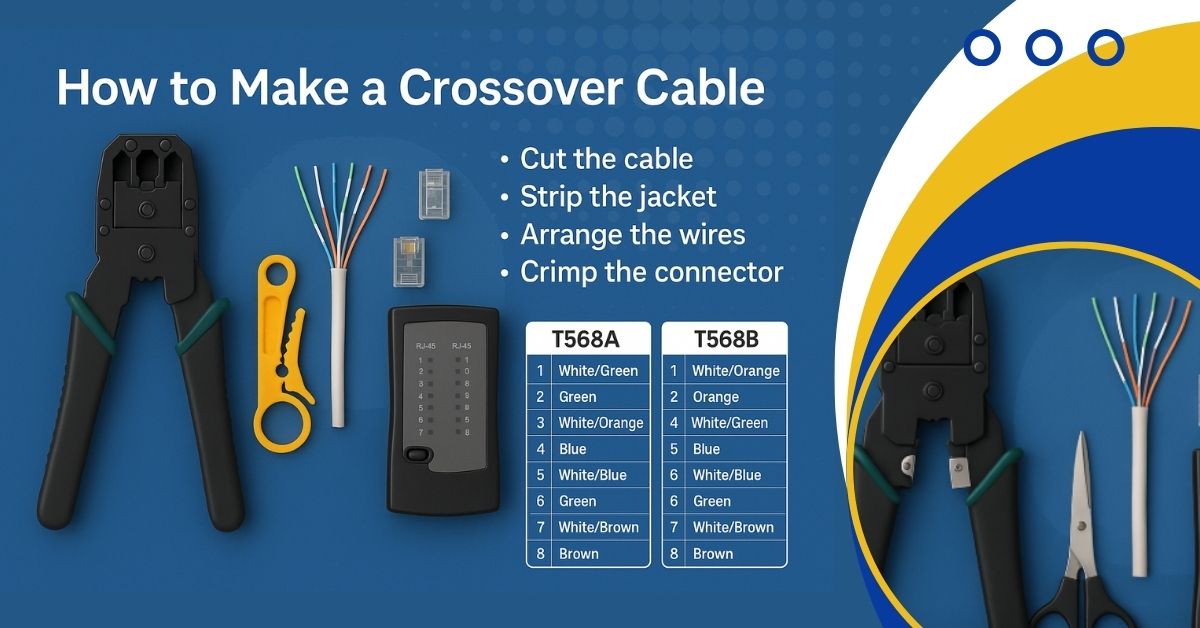Digital electronics are the basis of modern tech. They power devices from computers to smartphones. One critical component within digital systems is the code converter. This article is about code converters. It covers their types, uses, and importance in digital electronics.
What is Digital Electronics?
Digital electronics is the field of electronics that deals with digital signals. These are typically represented by binary code (0s and 1s). Digital electronics use discrete values. Unlike them, analog electronics work with continuous signals. Digital systems are binary. This allows for strong data processing, storage, and communication. It is the backbone of computing and telecom tech.
Importance of Digital Electronics
Digital electronics is essential for various industries including computing, telecommunications, and automation. It allows for precise control, efficient data processing, and minimal signal degradation. From basic calculators to complex computers, digital electronics drive most modern devices.
What are Code Converters in Digital Electronics?
Code converters are digital circuits. They convert one binary code to another. Digital systems use different binary codes for various tasks. These include error detection, data representation, and communication. Code converters ensure accurate data translation between binary systems. This enables compatibility in electronic systems.
Common Types of Binary Codes
- Binary Coded Decimal (BCD): Represents decimal numbers using binary.
- Gray Code: Minimizes errors by ensuring only one bit changes between successive numbers.
- Excess-3 Code: A binary-coded decimal code with an offset of three.
- ASCII Code: Represents characters in binary format for text encoding.
Importance of Code Converters
Code converters are vital in digital electronics. They ensure accurate data interpretation and communication between system parts. For example, in digital displays, code converters translate BCD to seven-segment display codes. This makes numerical data readable for humans.
Types of Code Converters
There are several types of code converters used in digital electronics, each serving a unique purpose. Below are some of the most common types:
1. Binary to Gray Code Converter
This type of converter transforms a binary number into its corresponding Gray code. Gray code is often used in applications where minimizing errors is crucial, such as in digital encoders for position tracking.
2. Gray to Binary Code Converter
As the name suggests, this converter converts Gray code back into binary. This is necessary when the original binary value needs to be retrieved after encoding in Gray code.
3. BCD to Excess-3 Converter
This converter transforms a binary-coded decimal (BCD) number into its Excess-3 equivalent. Excess-3 is often used in digital systems for arithmetic. It simplifies the design of digital circuits.
4. BCD to Seven-Segment Converter
A BCD to seven-segment converter converts a BCD input into a format that can be displayed on a seven-segment display. This is common in digital clocks, calculators, and other devices that show numbers.
5. ASCII to Binary Code Converter
This converter is used in digital communication systems. It converts ASCII characters (used in text encoding) into binary format. This enables the transmission and storage of text data in digital systems.
Applications of Code Converters
Code converters have a wide range of applications in digital electronics:
- Digital Displays: Converting BCD to seven-segment display codes to show numerical data.
- Data Communication: Translating ASCII code to binary for transmitting text over digital networks.
- Error Detection and Correction: Use Gray code to reduce errors in data transmission and storage.
- Digital Arithmetic: Using Excess-3 code for fast math in digital calculators and other devices.
Example: BCD to Seven-Segment Display
In digital clocks or calculators, the numerical data is often stored in BCD format. To display this data on a seven-segment display, a BCD to seven-segment code converter is used. This converter takes the BCD input. It converts it to a format that can illuminate the appropriate segments of the display to show the corresponding digit.
Conclusion
Code converters are vital in digital electronics. They ensure complex systems accurately translate and understand binary data. Code converters enable smooth operation across digital devices and apps. They connect display devices to communication systems.
Anyone working in digital electronics must know code converters. They are vital for data communication and processing in modern tech. Code converters are vital for devices. They ensure different binary codes work together.
Learn: What Is RJ45 Color Code?
FAQs
What is a code converter in digital electronics?
A code converter is a digital circuit that converts one form of binary code into another. It ensures that data can be accurately shared between systems with different coding formats.
Why are code converters important in digital systems?
Code converters are vital in digital systems. They let different parts of a system communicate and process data efficiently. Code converters ensure accurate data processing by converting codes like BCD to binary or Gray code.
What are the most common types of code converters?
Common code converters include: binary to Gray, Gray to binary, BCD to seven-segment, BCD to Excess-3, and ASCII to binary.
Where are code converters commonly used?
Code converters are in many digital devices and systems. These include digital displays, like calculators and clocks. They are also in data communication systems and error detection and correction mechanisms.
What is the function of a BCD to seven-segment converter?
A BCD to seven-segment converter converts a BCD input. It outputs a code that drives a seven-segment display. This shows numbers on devices like digital clocks and calculators.
How does a binary to Gray code converter work?
A binary to Gray code converter transforms a binary number into its Gray code equivalent. This is vital for apps, like digital encoders, where errors must be avoided.
What are some practical applications of Gray code?
Digital encoders use Gray code. They track the position of rotating objects, like motors or shafts. Gray code minimizes errors. It ensures only one bit changes at a time during transitions. This reduces the risk of misinterpretation.
How do ASCII to binary code converters work in digital communication?
ASCII to binary code converters translate text characters into binary. They use ASCII codes for this. It enables efficient text data transmission and storage in digital systems.
What is the difference between BCD and binary code?
BCD (Binary Coded Decimal) uses four binary digits for each decimal digit. Binary code represents whole numbers directly in base 2. Code converters are often used to convert between these two formats.
Can code converters improve error detection in digital systems?
Yes, code converters, like binary to Gray code ones, can help. They ensure smoother transitions between codes. This reduces errors in digital systems. It’s vital in apps needing precise data interpretation.










